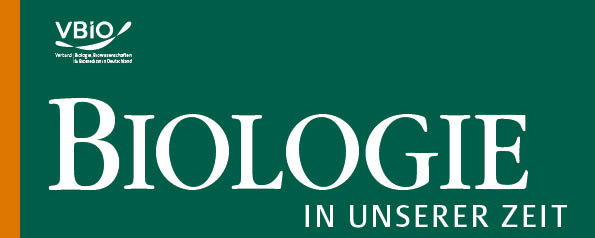Insight into the tooth enamel structure of rodents and insectivores
DOI:
https://doi.org/10.11576/biuz-6104Keywords:
Zahnschmelz, Schmelzmuster, Nagetiere, InsektenfresserAbstract
Dental enamel consists of enamel prisms and forms the hardest substance in the mammalian body. The arrangement of these prisms can differ from species to species. The incisors of 18 species of rodents, lagomorphs, and insectivores were selected for the present study. Scanning electron microscopy reveals the inner structure of tooth enamel. Close relatives such as mice and rats show a very similar enamel pattern. However, when the enamel of distantly related taxa such as guinea pig and woodchuck is compared, it becomes apparent that distinctly different enamel patterns can be found in rodents. The teeth of insectivores, such as moles or shrews, show a different enamel morphology. These observations illustrate the influence of diet, lifestyle, and in particular the phylogeny of the animals on the structure of the tooth enamel.

Downloads
Published
How to Cite
Issue
Section
License
Copyright (c) 2022 Jana Storsberg

This work is licensed under a Creative Commons Attribution-ShareAlike 4.0 International License.

